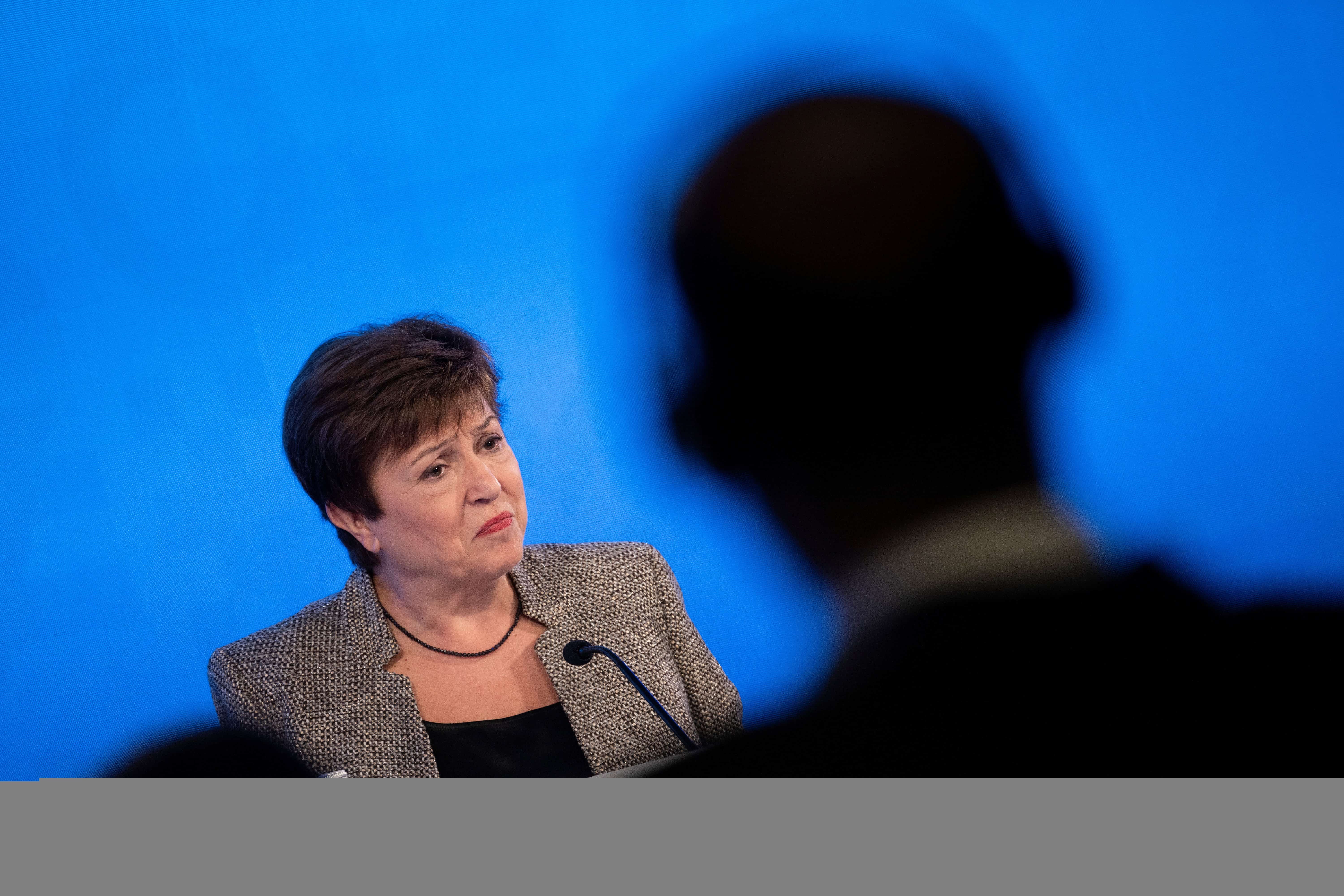Washington, United States–The Executive Board of the International Monetary Fund on Friday approved a $3 billion loan to Egypt, with an immediate disbursement of $347 million, the IMF said in a statement.
Egypt will benefit from the loan over 46 months under the Extended Fund Facility. The agreement is for 2,350.17 million SDRs, or Special Drawing Rights, an IMF unit of account based on a basket of five major international currencies, equivalent to about $3 billion.
The loan was initially announced by the IMF on October 27.
Also read: Egypt, IMF reach agreement on EFF arrangement
The financial support was granted in exchange for an economic program aimed at “preserving macroeconomic stability, restoring shock absorbers and paving the way for sustainable, inclusive and private sector-led growth,” the Washington-based IMF said.
It mentions in particular “a permanent shift to a flexible exchange rate regime,” as well as the implementation of a “monetary policy aimed at gradually reducing inflation.”
The measures should also make it possible to reduce the public debt, “while increasing social spending,” and to put in place “far-reaching structural reforms.”
Also read: IMF, Egypt finalize work to reach staff-level agreement soon
Egypt is expected to receive, through the EFF program, about US$14 billion in additional financing “from its international and regional partners,” the IMF added.
The Russian invasion of Ukraine has dealt Egypt several hard blows. As the world’s largest importer of wheat, it has been hit hard by soaring grain prices. It has also lost a good portion of its Ukrainian and Russian tourists — 40 percent of the eight million visitors in 2021.

